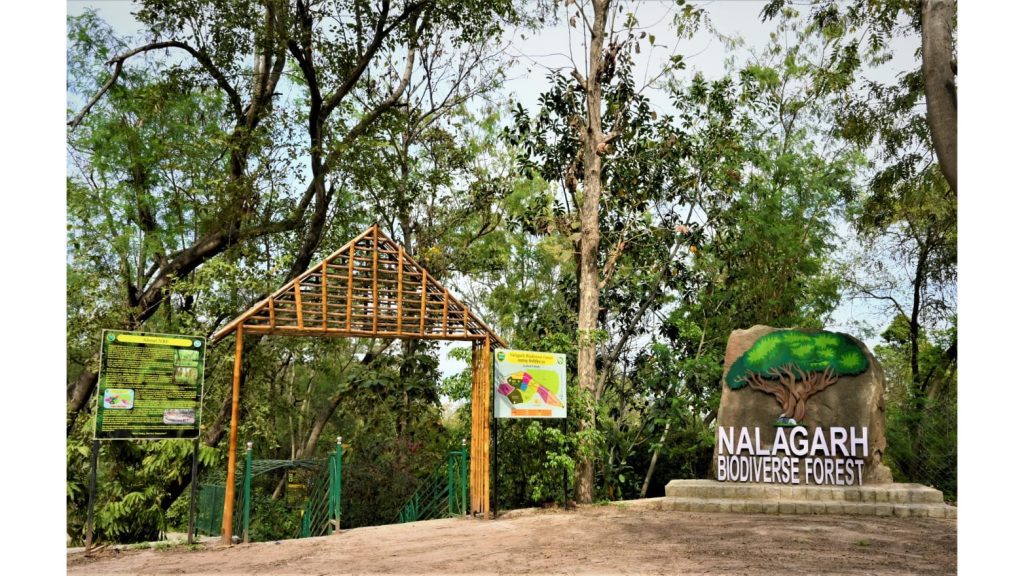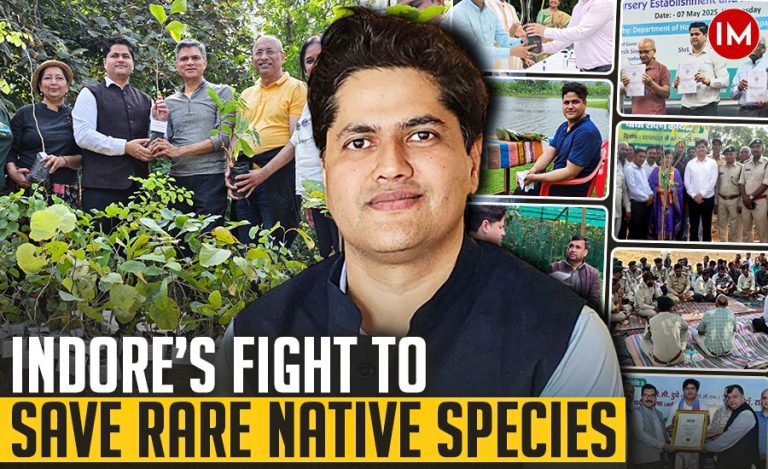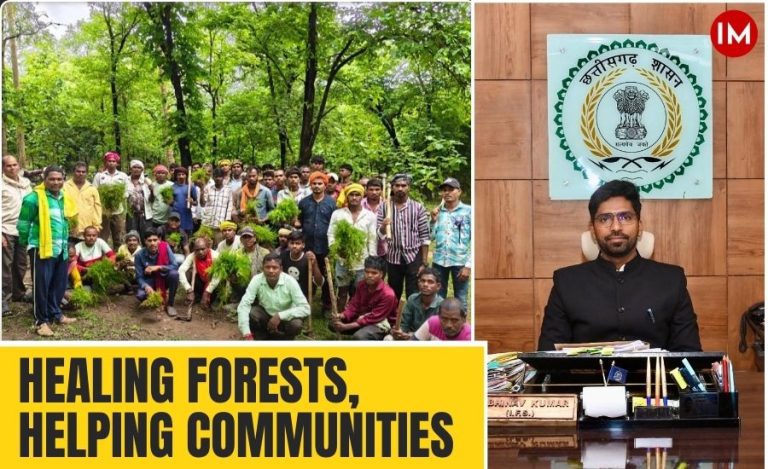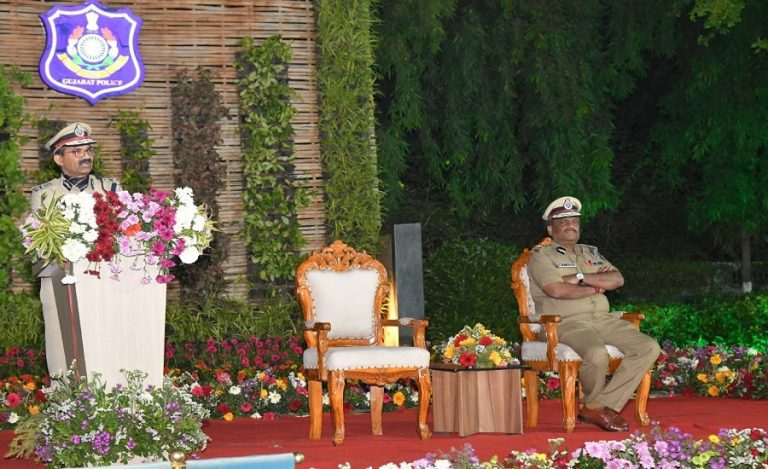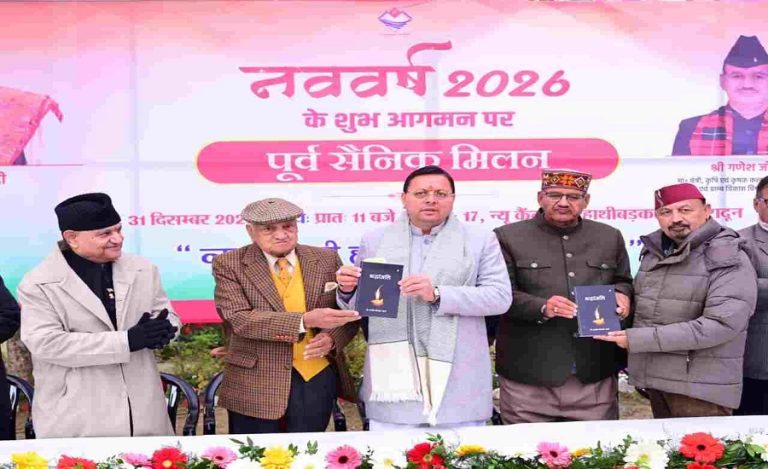The Nalagarh Biodiverse Forest (NBF) Himachal Pradesh’s first “Smart Forest” as it speaks about itself through a smart phone application. The app has been developed for the public visiting the forest and acts as a tool which let them interact with the plants in the forest through unique QR codes given to each plant species.
The app also lets the user to navigate through various sectors of the forest and provide knowledge on the description of plants species, birds species, butterfly species found in the forest.
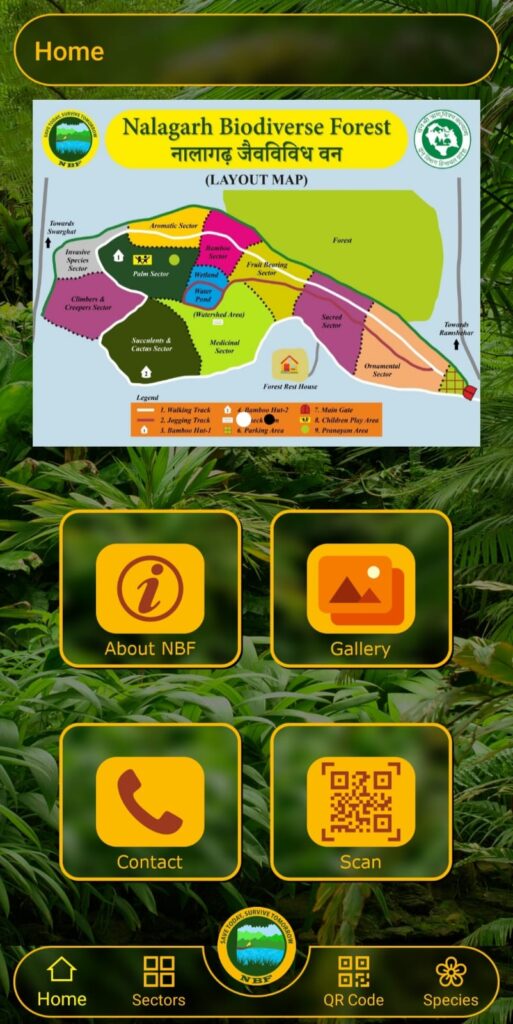
“Serving the dual purpose of combating air pollution and a hotspot of biodiversity, NBF is also a living entity which can engage with its visitors to bring awareness on nature and biodiversity conservation as well as provide livelihood opportunities to the local communities managing the forest through Eco tourism society of forest department,” says IFS Officer, Mr Yashu Deep Singh, the Deputy Conservator of Forest of Nalagarh Forest Division.
THEME-BASED FOREST SECTORS
Speaking with Indian Masterminds, Mr Singh said that the total area in NBF has been divided into 11 different thematic sectors with each sector having a particular group of plants having similar characteristics viz. Ornamental plants, Fruit bearing plants, Bamboo plants, Aquatic plants, Sacred plants, Medicinal plants, Aromatic plants, Cactus, Invasive plants, Palms and Climbers & creepers.
In order to enrich the biodiversity, various different plant species have been grown in an organized manner for display as well as for improving the canopy density of the area. About 1000 plants of more than 250 different species have been planted with help of local community. Efforts have also been made to enrich the area with faunal diversity including birds, fishes, butterflies, frogs, reptiles etc.
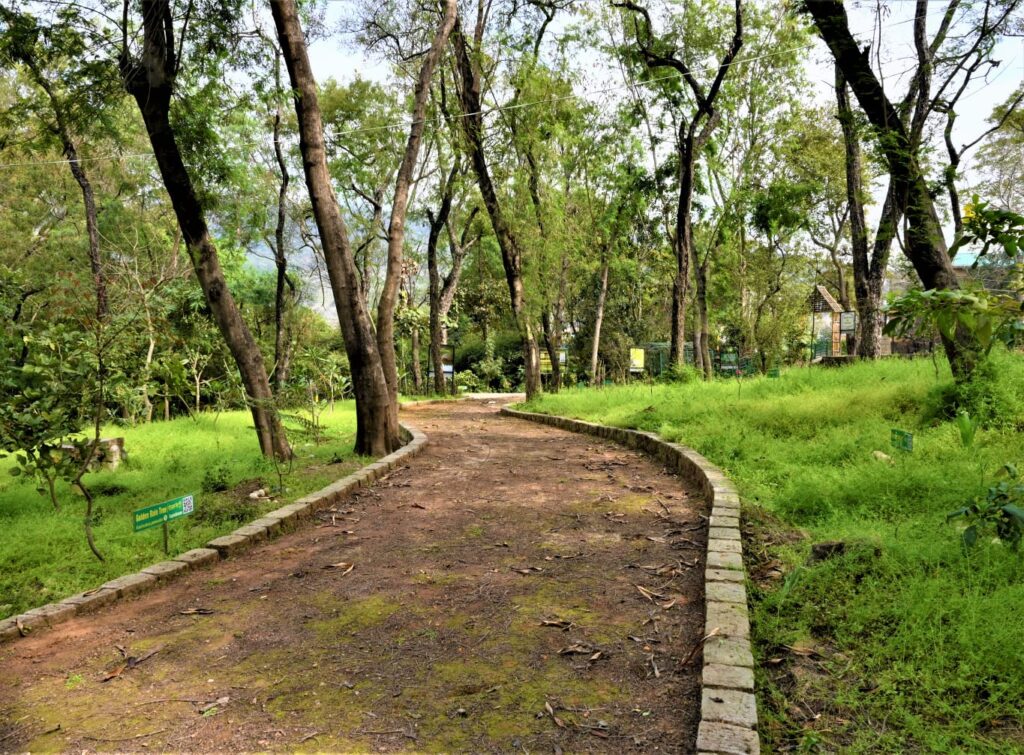
ARTIFICIAL WETLANDS
For attracting bird species an artificial wetland has been created inside the forest and for attracting butterflies, flowering as well as host plant species has been planted in the forest. Various facilities for tourists, students, nature lovers and children have been created inside the forest like sitting benches made out of tree logs, bamboo huts as watchtowers, awareness boards on watershed management and thematic sectors, inspection paths, jogging tracks, children play area etc.
“Many private school students have visited the forest for field visit for information and awareness on biodiversity, water and forest conservation. Since the opening, around 7,000 people have visited this park and we have approximately 2,000 people of footfall per month. Local people are liking the park as well,” Mr. Singh informed.
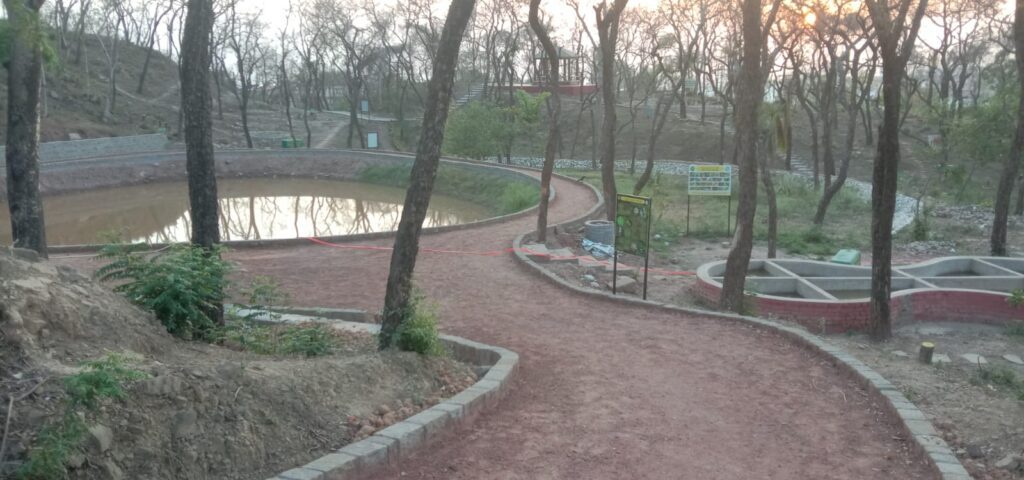
NALAGARH VAN SURAKSHAN SOCIETY
NBF is spread over an area measuring approximately 3 hectares. In the year 2019, National Green Tribunal issued directions to the Himachal Pradesh Government to prepare action plan for controlling air pollution in non-attainment cities of the state. In the action plan a biodiversity park at Nalagarh was proposed by the state forest department and hence works of Biodiversity Park commenced in July 2019.
A society has been formed named Nalagarh Van Surakshan Society, in which social workers, people who are nature lovers are members of this society and all the upkeep and maintenance of this park is looked by them. Few industries are coming up as well in order to help the society to run this park and maintaining it in long run.
BIODIVERSE NURSERY
The department has also installed a biodiverse nursery inside the park. The nursery will sell different native species of plants which are generally not found in private nurseries, have medicinal properties and can be kept indoor.
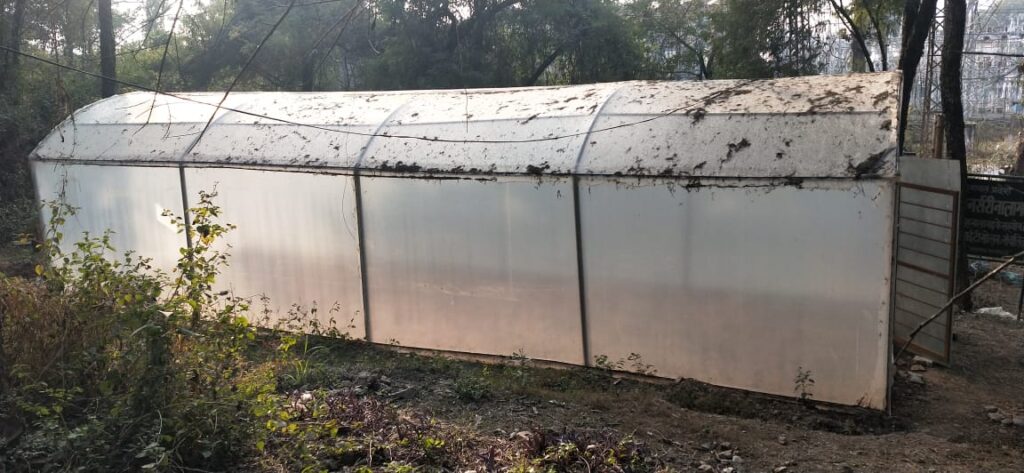
“People are unaware about these native species, so this nursery will bring awareness among people. The nursery is being maintained by the formed society only and around 20-25 species are there and will increase further,” Mr Singh shared.
LOCAL SELF-HELP GROUP
In order to provide livelihood to the local self-help groups, a ticket counter has been installed. They also sell organic tea and fruit juices which are not found in the market like belpatra fruit juice which have a medicinal-properties.
They are also selling forest produce like Khajur leaves which are used in making decoration pieces. Jute bags are being promoted as well. A souvenir shop on bamboo-based products made by local communities has been created inside the park.
PEOPLE’S INVOLVED
Mr. Singh said that the project would not have been possible without the collaborative efforts of the whole team. Thanking all his team members Mr. Singh shared that the mobile app has been developed by Mr. Milan Gulati and Mr. Chandan. Two students from Nauni University, Mr. Abhinandan Thakur and Ms. Manisha Lakhanpal are the content creator who made databases of the species name, habitat, characteristics, photos and other details. All the boards in the forests have been designed by Mr. Vivek Dhiman a specially-abled person.
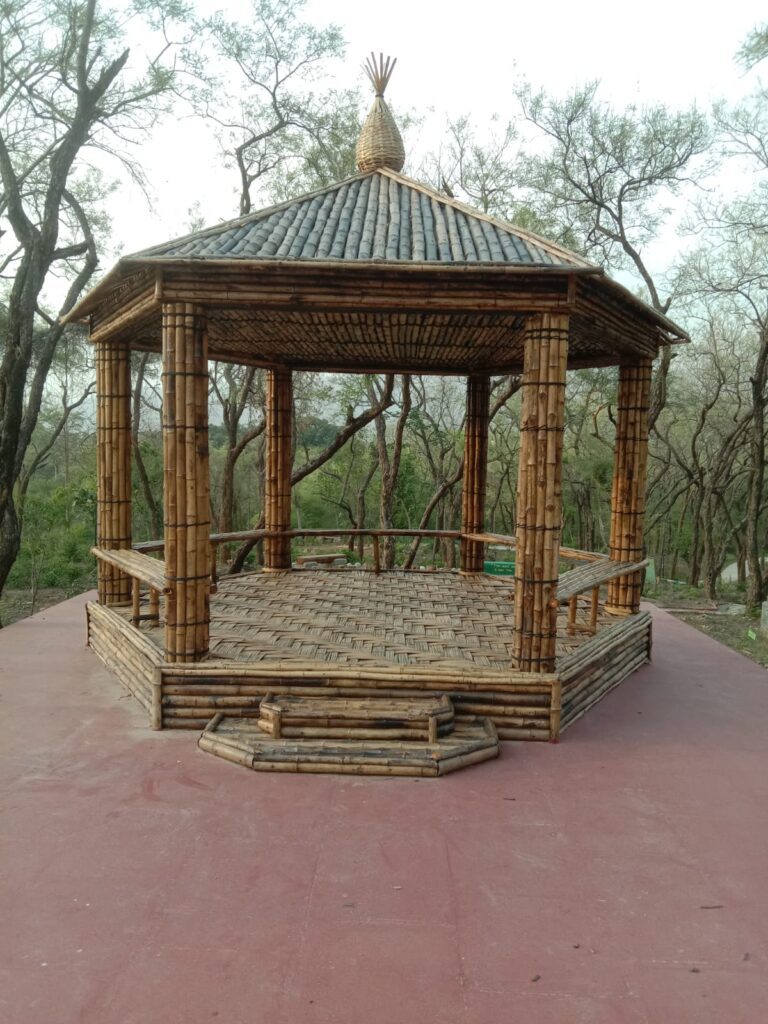
Flora and Fauna identification has been done by IFS officer Reginald Royston along with Dr Vaneet Jishtu, Mr. Gajinder Verma and Mr. Anshul. Mr. Anshul who is a Forest Guard was responsible in implementing the work at ground level. Technical advises were given by IFS officer Reginald Royston, Dr Vaneet Jishtu and Mr. Shiv Kapoor.“Biodiversity conservation is lacking in India because nobody knows about biodiversity and more than five species. Our interest is about making people aware about how many species are there and not only in plant species but birds and butterflies as well,” Mr. Singh concluded.

